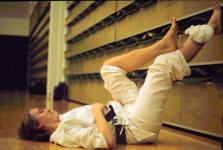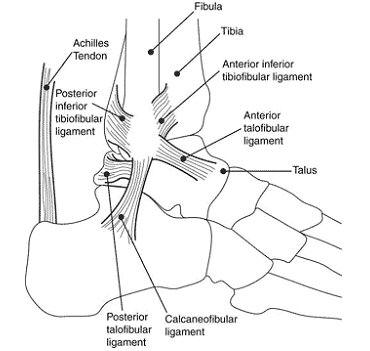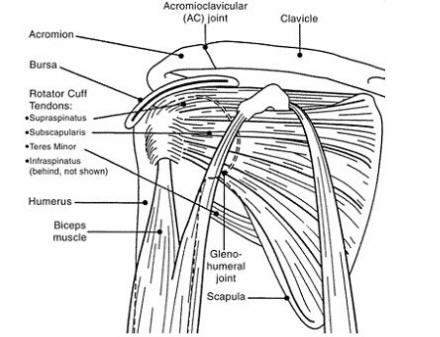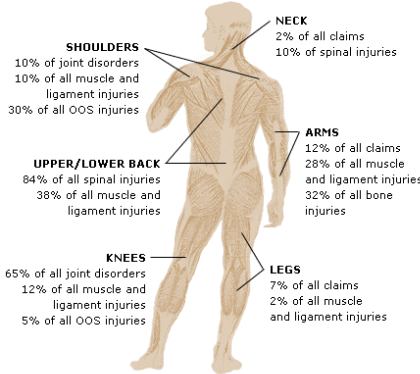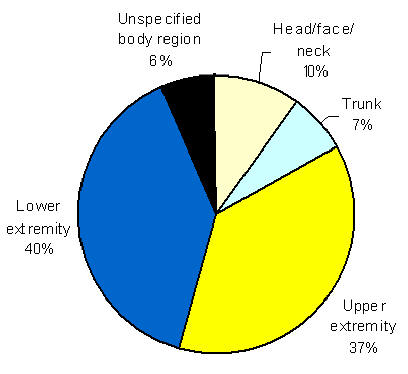National Institute of Arthritis and Musculoskeletal
and Skin Diseases (NIAMS)
National Institutes of Health
1 AMS Circle
Bethesda, MD 20892-3675
(301) 495-4484 or (877) 22-NIAMS (free of charge)
TTY: (301) 565-2966
Fax: (301) 718-6366
niamsinfo@mail.nih.gov
http://www.niams.nih.gov
NIAMS provides information about various forms of
arthritis and rheumatic disease and bone, muscle, joint, and skin
diseases. It distributes patient and professional education materials
and refers people to other sources of information. Additional
information and updates can also be found on the NIAMS Web site.
American Academy of Orthopaedic Surgeons (AAOS)
PO Box 2058
Des Plaines, IL 60017
(800) 824-BONE (2663) (free of charge)
http://www.aaos.org
The academy provides education and practice management
services for orthopaedic surgeons and allied health professionals. It
also serves as an advocate for improved patient care and informs the
public about the science of orthopaedics. The orthopaedist's scope of
practice includes disorders of the body's bones, joints, ligaments,
muscles, and tendons. For a single copy of an AAOS brochure, send a
self-addressed stamped envelope to the address above or visit the AAOS
Web site.
American Academy of Pediatrics
141 Northwest Point Boulevard
Elk Grove Village, IL 60007-1098
(847) 434-4000
Fax: (847) 434-8000
http://www.aap.org
The American Academy of Pediatrics (AAP) and its member
pediatricians dedicate their efforts and resources to the health,
safety, and well-being of infants, children, adolescents, and young
adults. Activities of the AAP include advocacy for children and youth,
public education, research, professional education, and membership
service and advocacy for pediatricians.
American College of Sports Medicine
PO Box 1440
Indianapolis, IN 46206-1440
(317) 637-9200
Fax: (317) 634-7817
http://www.acsm.org
The American College of Sports Medicine is the largest
sports medicine and exercise science organization in the world. Nearly
18,500 members throughout the U.S. and the world are dedicated to
promoting and integrating scientific research, education, and practical
applications of sports medicine and exercise science to maintain and
enhance physical performance, fitness, health, and quality of life.
American Medical Society for Sports Medicine (AMSSM)
11639 Earnshaw
Overland Park, KS 66210
(913) 327-1415
Fax: (913) 327-1491
http://www.amssm.org
The society fosters a collegial relationship among
dedicated, competent sports medicine specialists and provides a quality
educational resource for members, other sports medicine professionals,
and the public.
American Orthopaedic Society for Sports Medicine
6300 N. River Road, Suite 500
Rosemont, IL 60018
(847) 292-4900
Fax: (847) 292-4905
http://www.sportsmed.org
The society is an organization of orthopaedic surgeons
and allied health professionals dedicated to educating health care
professionals and the general public about sports medicine. It promotes
and supports educational and research programs in sports medicine,
including those concerned with fitness, as well as programs designed to
advance our knowledge of the recognition, treatment, rehabilitation, and
prevention of athletic injuries.
American Physical Therapy Association
1111 North Fairfax Street
Alexandria, VA 22314-1488
(703) 684-2782 or (800) 999-2782 (free of charge)
Fax: (703) 684-7343
http://www.apta.org
The association is a national professional organization
of physical therapists, physical therapist assistants, and physical
therapy students. Its objectives are to improve physical therapy
practice, research, and education to promote, restore, and maintain
optimal physical function, wellness, fitness, and quality of life,
especially as it relates to movement and health.
National Athletic Trainers Association
2952 Stemmons Freeway
Dallas, TX 75247-6916
(800) TRY-NATA (800-879-6282) (free of charge)
Fax: (214) 637-2206
http://www.nata.org
The association enhances the quality of health care for
athletes and those engaged in physical activity. It also advances the
profession of athletic training through education and research in the
prevention, evaluation, management, and rehabilitation of injuries.
